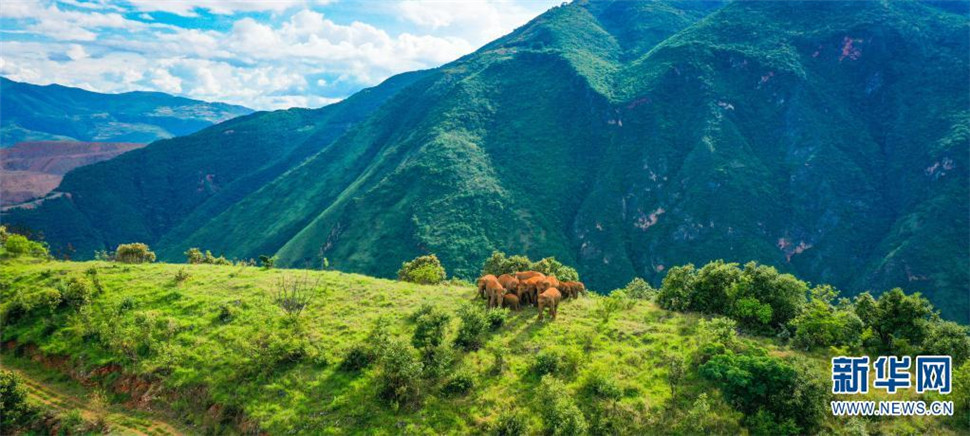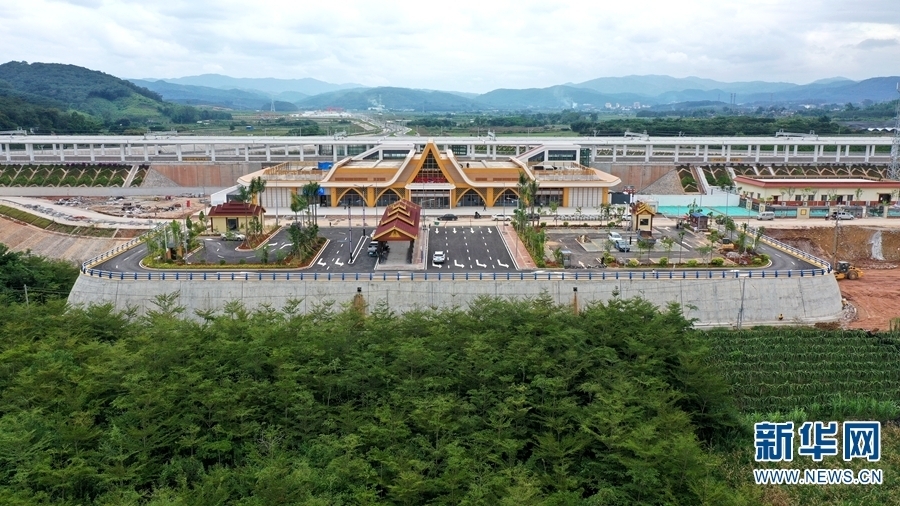Project goes to great lengths to safeguard elephant welfare
 Earlier this year, a herd of 15 roaming wild Asian elephants in Yunnan province made news worldwide when the animals migrated northward from Xishuangbanna Dai autonomous prefecture.
Earlier this year, a herd of 15 roaming wild Asian elephants in Yunnan province made news worldwide when the animals migrated northward from Xishuangbanna Dai autonomous prefecture.
The China-Laos Railway, which opens on Friday, passes through Dadugang township near the wild elephant natural reserve in Xishuangbanna. The new route connects Kunming, capital of Yunnan, and Vientiane, the Laotian capital.
Wild Asian elephants are among the endangered protected animal species in China, and their numbers in the country have grown from about 180 in the 1980s to some 300.
Designers and constructors made every effort to reduce the impact of the new line on the elephants and the environment.
According to China State Railway Group, the national railway operator, designers carried out a comprehensive preliminary survey on the distribution and migration of the elephants to ensure the line avoided the animals' main areas of activity.
Measures were taken to reduce the environmental impact of railway construction, which included building tunnels and bridges, and erecting fences. The company said it aimed to build a "green and harmonious railway between humans and nature".
 Wild Elephant Station, one of the stops on the line, is the closest station to the elephants' habitat. To protect the environment, the tracks approaching the station-which is in the open air-were laid in two tunnels, both more than 10 kilometers long.
Wild Elephant Station, one of the stops on the line, is the closest station to the elephants' habitat. To protect the environment, the tracks approaching the station-which is in the open air-were laid in two tunnels, both more than 10 kilometers long.
Liu Yiqiao, an engineer at Kunming Railway Group, said, "It was like building a tube inside the mountain," adding that the underground construction work reduced the project's environmental impact and disturbed the elephants as little as possible.
When the railway opens, it will not affect the elephants' activities, Liu added.
"During construction, we strictly followed the rules for environmental protection and carried out the work in a limited area. Construction took place in a closed environment to avoid dirt pollution."
Wang Junming, an engineer at China Railway Construction Group, who was in charge of building Wild Elephant Station, said, "We also built asphalt roads, covered earth with green netting, and planted grass and flowers to avoid earth and dirt being exposed to the open air during construction, greatly reducing the environmental impact."
Wu Zhenguo, an engineer responsible for safety, said fencing stretching for up to 40 km has been set up along the line to prevent elephants accidentally straying and hurting themselves.
Many factors were considered by designers conducting a survey on the route, such as geographic conditions, environmentally sensitive locations, traffic and township planning.
 The designers then drew up numerous plans based on the route, length of tunnels, cross-river bridges and station locations. Finally, they decided on a plan that was economically acceptable and environmentally friendly.
The designers then drew up numerous plans based on the route, length of tunnels, cross-river bridges and station locations. Finally, they decided on a plan that was economically acceptable and environmentally friendly.
Xu Tao, chief designer for the railway's China section, said the team studied more than 60 plans covering a total distance of over 14,000 km, nearly 27 times the length of the line in China.
Twenty natural reserves, five scenic spots and three national forests and water source reserves are situated along the line, he added.